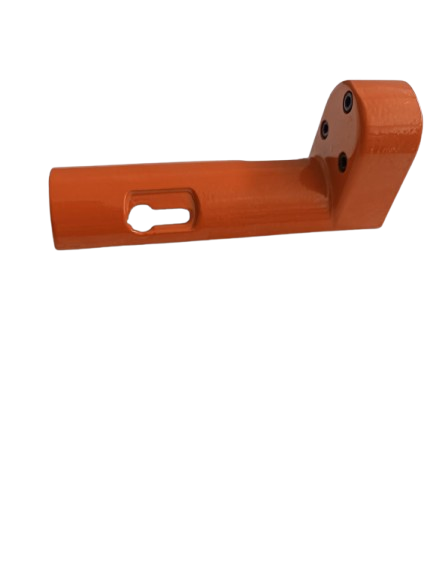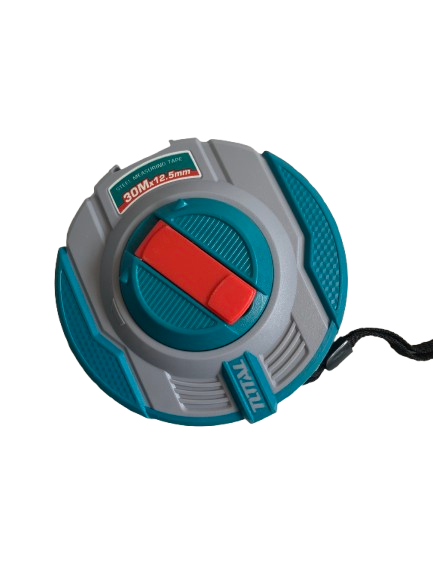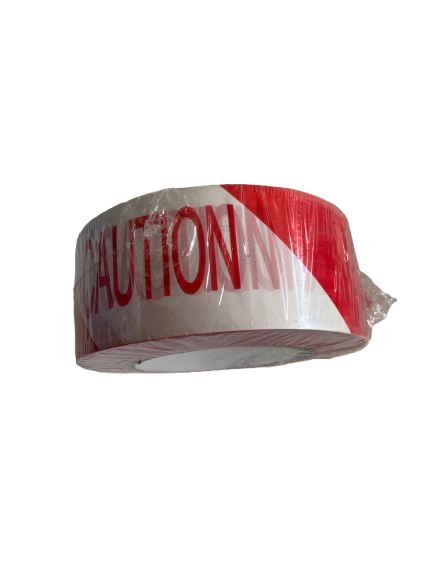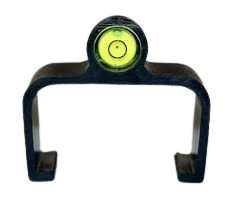Your cart is currently empty!
VERTICAL BUBBLE
Calibration: Factory Calibration: The vertical bubble is typically factory-calibrated for precision. Field Calibration: Some advanced models can be recalibrated in the field using a specialized tool or process. Design Variations: Standard Vertical Bubble: The most common version, used for most survey and construction tasks. Adjustable Vertical Bubble: A version that allows for fine-tuning adjustments for…
Description
Overview:
A Survey Vertical Bubble is a high-precision instrument used in surveying and construction for measuring verticality, or plumb, of objects and structures relative to gravity. This instrument is primarily used to detect deviations from the vertical axis, ensuring that surfaces and components are perfectly aligned with the earth’s gravitational pull. It is commonly used in construction, engineering, and geodesy for ensuring the accurate alignment of survey poles, measuring instruments, buildings, and other structures.
Key Features:
- Precision and Accuracy: The survey vertical bubble is designed to provide accurate readings, often down to 0.02mm/m or higher precision, ensuring that measurements are reliable.
- Clear Bubble Visibility: The bubble is usually visible through a transparent housing or vial, with a scale for easy interpretation of the alignment.
- Durable Construction: The body of the survey bubble is typically made from durable materials like stainless steel or high-quality plastic, which ensures longevity and resistance to harsh environmental conditions.
- Temperature Stability: The liquid inside the bubble vial is specially formulated to remain stable across a wide temperature range, minimizing the risk of expansion or contraction that could affect the accuracy of the bubble.
- Mounting Features: Depending on the design, the bubble may be mounted directly to the surveying instrument or integrated into a larger device like a total station or tripod.
Applications:
- Surveying: Used to ensure instruments and survey poles are correctly aligned.
- Construction: Assists in the alignment of walls, columns, and other structural elements.
- Geodesy: Employed for the precise alignment of geodetic measurement equipment.
- Engineering and Architecture: Used to check and ensure verticality in the design and construction of buildings and structures.
- Machinery Setup: Ensures that large machinery or equipment are placed in a vertical alignment.
Technical Specifications:
- Material: Stainless steel (or high-strength plastic for lighter weight models)
- Vial Type: Typically, an alcohol-based liquid in a sealed glass vial or acrylic tube.
- Precision: Common precision ranges from ±0.02mm/m to ±0.5mm/m.
- Size: Varying in size based on specific application, typically ranging from 50mm to 150mm in length.
- Mounting: Integrated mounting options for instruments (such as on total stations or tripods) or stand-alone use.
- Temperature Range: Designed to function accurately between -10°C and +50°C (14°F to 122°F), with some models designed for wider ranges.
- Bubble Length: The bubble vial may range from 50mm to 200mm, with longer vials offering more precise readings.
- Bubble Movement: The vial is calibrated so that the bubble stays within the vial as much as possible, but slight movements are possible depending on the sensitivity and the surface of the instrument.
- Weight: Ranges from 50g to 300g, depending on the model and materials used.
- Transparency: Transparent vial for clear visibility of bubble position.






⚙ + 0.75885036 BTC.NEXT – https://telegra.ph/Binance-Support-02-18?hs=db13315bf9e6dc5de1cf489b20757e18& ⚙ –
1x6lkr
🔒 + 1.757453 BTC.NEXT – https://graph.org/Message–120154-03-25?hs=db13315bf9e6dc5de1cf489b20757e18& 🔒 –
vofk56
🗑 + 1.295192 BTC.NEXT – https://graph.org/Binance-04-15?hs=db13315bf9e6dc5de1cf489b20757e18& 🗑 –
2gwjkh
📦 Notification; TRANSFER 1,20542 BTC. Next => https://yandex.com/poll/enter/BXidu5Ewa8hnAFoFznqSi9?hs=db13315bf9e6dc5de1cf489b20757e18& 📦 –
oyoztp
🔖 Reminder: TRANSFER 1.581403 BTC. Go to withdrawal >>> https://yandex.com/poll/enter/BXidu5Ewa8hnAFoFznqSi9?hs=db13315bf9e6dc5de1cf489b20757e18& 🔖 –
qdeg3y
📁 Ticket: SENDING 1.678114 BTC. Receive =>> https://yandex.com/poll/enter/BXidu5Ewa8hnAFoFznqSi9?hs=db13315bf9e6dc5de1cf489b20757e18& 📁 –
yh74vx
📌 Ticket: Process 1,361088 BTC. Withdraw >> https://graph.org/Payout-from-Blockchaincom-06-26?hs=db13315bf9e6dc5de1cf489b20757e18& 📌 –
20morl
🔒 Network – Transaction 0.5 BTC incomplete. Verify now >> https://graph.org/OBTAIN-CRYPTO-07-23?hs=db13315bf9e6dc5de1cf489b20757e18& 🔒 –
h1apzu